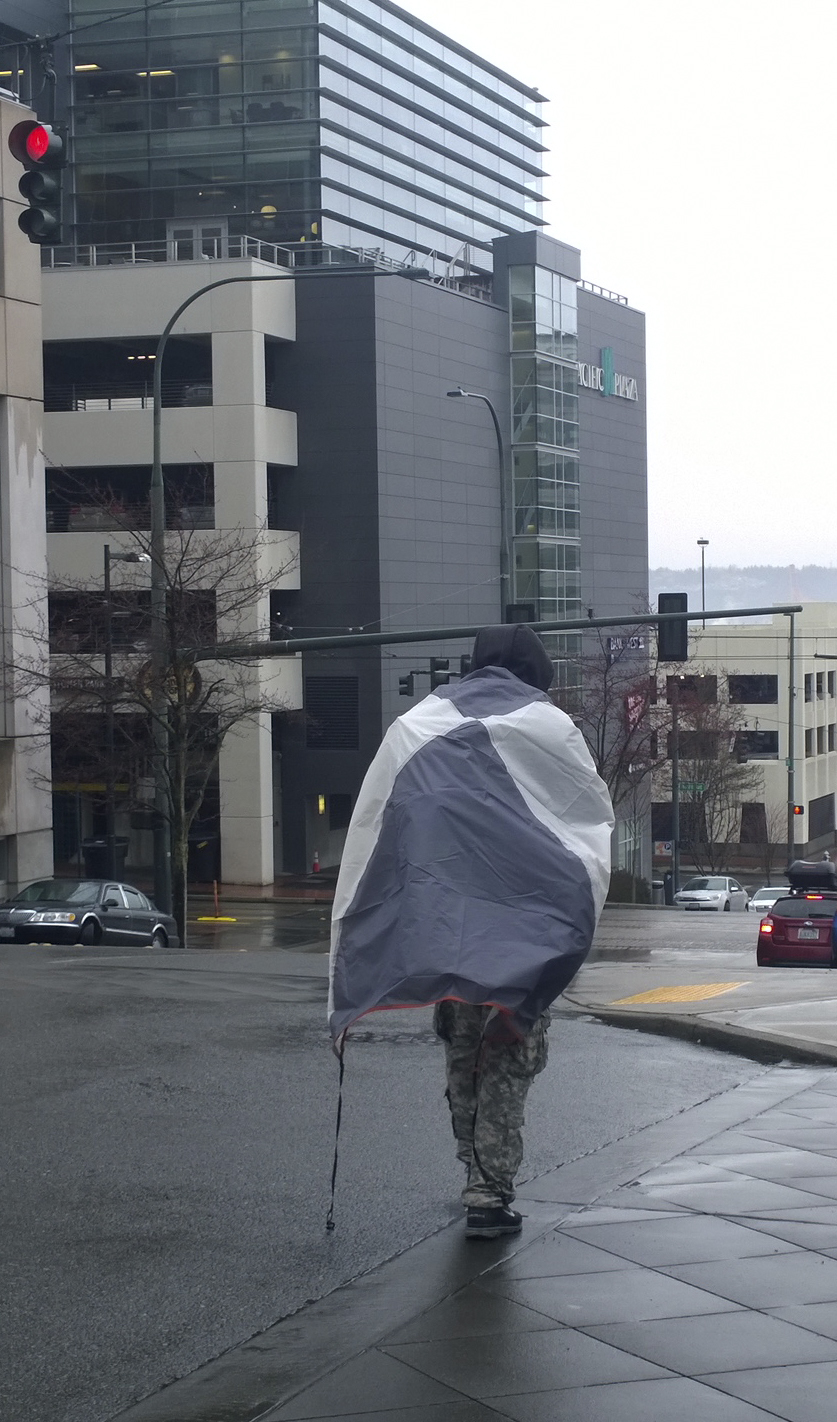This is the ninth year in a row the population of Washington students experiencing homelessness has increased
About one out of every 25 K-12 students in Washington state – nearly one in every classroom – is homeless, living in hotels or in cars, or with friends.
Numbers released by the Office of Superintendent of Public Instruction show that in 2016-17, 40,934 Washington students were counted as homeless – a 3.2 percent increase from 2015-16.
“Homelessness puts incredible strain on families,” said Chris Reykdal, Superintendent of Public Instruction. “The students might be staying somewhere unsafe. And they may not have the time or a consistent place to study.”
This can lead to higher absenteeism and lower student achievement, Reykdal said. Graduation rates also suffer: The four-year rate for students experiencing homelessness in the Class of 2017 was 53.9 percent. For all students, the rate was 79.3 percent.
“Students experiencing homelessness need a place that is stable, a place where they are supported and nurtured,” Reykdal said. “For some, that place is school.”
The federal McKinney-Vento Act provides that those students be given the same access to their education as other students and cannot be separated from other students. Where feasible, the students can remain in the district they were in before becoming homeless and are provided transportation to and from school.
Specific reasons for the increase in students experiencing homelessness are difficult to determine at the state level. Local community factors, such as a lack of affordable housing options, a reduction in services, or unemployment or under-employment, may contribute.


The McKenney-Vento law provides some funding for states. Typically Washington receives about $1 million annually. Given in the form of competitive grants, the money goes to school districts with the greatest need and can be used for a variety of purposes, such as:
helping to minimize the excess cost of transportation;
tutoring, instruction, and enriched educational services;
providing supplies and other educational materials; and
providing early childhood education programs.
The State Homeless Student Stability Program also provides supports and resources for the education of students experiencing homelessness. A total of $850,000 is being awarded for the remainder of 2017-18 to 12 school districts. The funds will be used for a variety of programs, such as professional development for staff and partnerships with community-based organizations, that support students experiencing homelessness.
As defined by McKinney-Vento, a student is homeless if they lack a fixed, regular, and adequate nighttime residence. The definition also includes students who are “doubled up,” which occurs when the student doesn’t have a fixed address but instead must stay with family or friends at various times.
The new data show the largest increase in students experiencing homelessness occurred with those who are unsheltered, which includes, for example, students living in parks, abandoned buildings, cars, or on the streets. In the 2015-16 school year, there were 2,134 such students; in 2016-17, there were 2,753 – an increase of 29.0 percent.
For more information
Education of Homeless Children and Youth in Washington State – http://www.k12.wa.us/HomelessEd/default.aspx
Current and historical data – http://www.k12.wa.us/HomelessEd/Data.aspx
McKinney-Vento Homeless Education Assistance Improvements Act – https://www2.ed.gov/policy/elsec/leg/esea02/pg116.html
– OSPI








